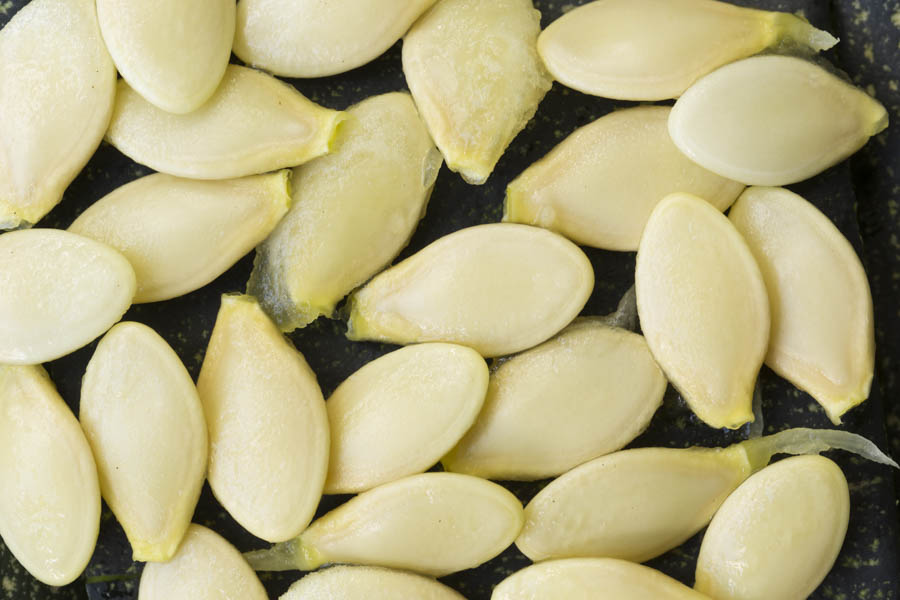How to Save Seeds from Summer Squash, Including Zucchini

Saving seeds from summer squash is more complicated than saving seeds from many other vegetables. Summer squash will cross readily with most other varieties of summer squash (Cucurbita pepo). Long distances between different summer-squash varieties or isolation is required to save seeds that remain true-to-variety across multiple plant generations. Home gardeners typically use isolation to save seeds.
For those who want to save seeds from their home gardens by isolation, this is often accomplished by tying off flowers and hand-pollinating. Summer squash are monoecious, meaning that a single plant produces both male and female flowers. Recognizing the gender of squash flowers is important for hand pollinating. Saving summer squash seeds generally requires tying off female flowers before they open with a stocking, paper bag, or other “hood;” pollinating by hand; then tying off the pollinated blooms again to avoid further pollination by insects.
Squash blossoms are differentiated by the structure immediately behind the blossom: the female blossom on the top has the small, immature fruit growing immediately behind it while the male blossom on the bottom has only a stem immediately behind the blossom.
To save seeds from the squash fruits, allow fruits to remain on the vine until they grow to full size, harden, lose their coloring, and dry. When the stem attached to a given squash fruit is brown and dead, this is usually a good indication that seeds are ready to harvest.
For a discussion of how to grow summer squash see Growing Summer Squash Including Zucchini) in the Home Garden. For an interesting discussion of how the traditional Native American agricultural grouping of beans, corn and squash may work in California, see Three Sisters Planting Combination for California. For complete growing instructions for zucchini in your area go to GardenZeus and enter your zip code, then go to zucchini.

